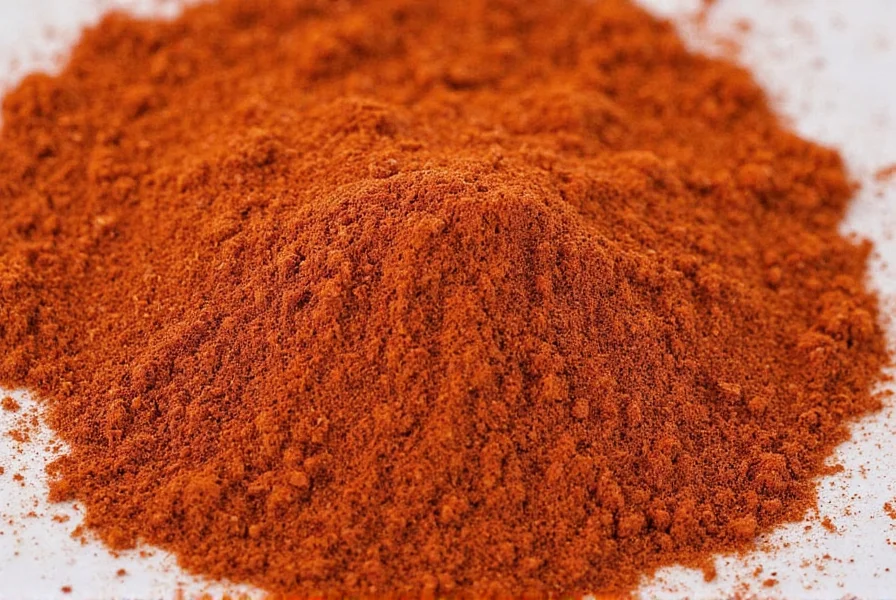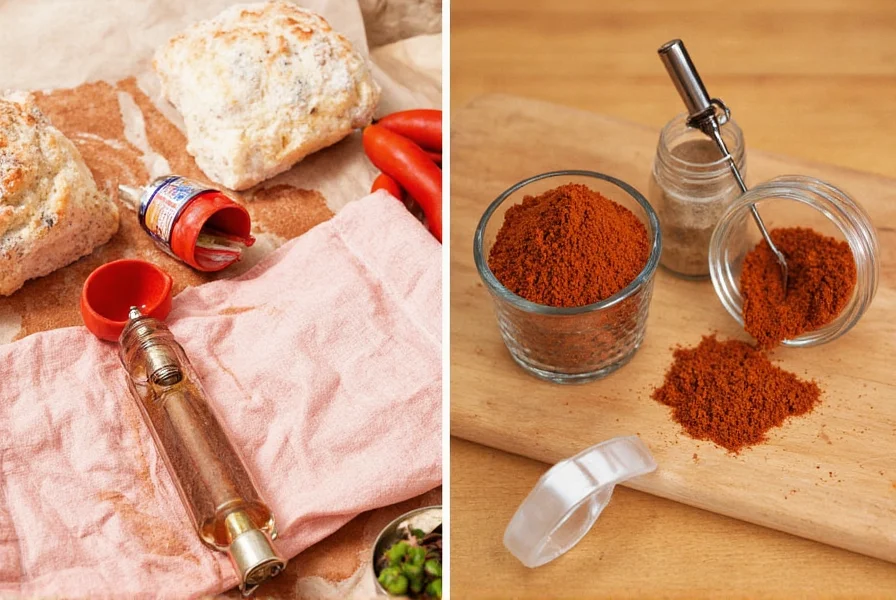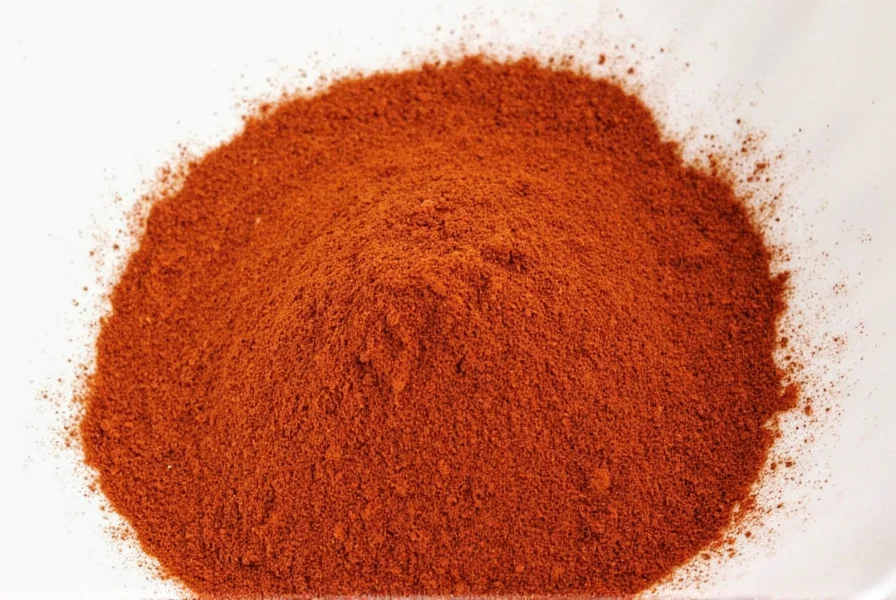Making your own chili powder at home gives you complete control over flavor, heat level, and ingredients. Unlike store-bought versions that often contain fillers and anti-caking agents, homemade chili powder delivers pure, vibrant flavor that elevates any dish. This comprehensive guide walks you through the entire process of creating authentic chili powder from dried chilies, including ingredient selection, preparation techniques, and storage methods that preserve maximum flavor.
Essential Ingredients for Homemade Chili Powder
The foundation of exceptional chili powder lies in your choice of dried chilies. While commercial blends often use a single chili variety, homemade versions benefit from a thoughtful combination that balances heat, sweetness, and complexity.
| Chili Variety | Flavor Profile | Heat Level (SHU) | Recommended Percentage |
|---|---|---|---|
| Ancho (dried poblano) | Rich, fruity, raisin-like | 1,000-2,000 | 40% |
| Guajillo | Berry-like, tangy, tea notes | 2,500-5,000 | 30% |
| Cayenne | Sharp, bright, clean heat | 30,000-50,000 | 15% |
| Pasilla (dried chilaca) | Smoky, earthy, prune-like | 1,000-2,500 | 15% |
For those wondering how to make homemade chili powder from scratch without specialty ingredients, you can create a simpler version using just ancho and cayenne peppers. The key is using high-quality, pliable dried chilies that aren't brittle or faded in color. Avoid chilies with visible mold or excessive dust.

Equipment You'll Need
While specialized equipment can streamline the process, you can make excellent chili powder with basic kitchen tools:
- Cast iron skillet or baking sheet (for toasting)
- Sharp knife and cutting board
- Spice grinder, coffee grinder dedicated to spices, or mortar and pestle
- Fine mesh strainer (80-100 mesh)
- Airtight glass containers for storage
Many home cooks wonder how to grind dried chilies for powder effectively. While blenders can work, they often don't achieve the fine consistency needed. A dedicated spice grinder produces the most uniform powder, while a mortar and pestle gives you more control over texture.
Step-by-Step Process for Making Chili Powder
1. Prepare the Chilies
Start by removing stems from dried chilies. For milder powder, carefully slice open each chili and scrape out the seeds and white membranes (where most capsaicin resides). For hotter powder, retain some seeds. Never use rubber gloves when handling dried chilies—your skin absorbs the oils more readily through the gloves.
2. Toast the Chilies
Place chilies in a dry cast iron skillet over medium-low heat. Toast for 30-60 seconds per side until they become fragrant and slightly darker in color. Proper toasting enhances flavor complexity without burning. Homemade chili powder recipe without additives relies on this step for maximum flavor development. Remove immediately when you smell a toasted aroma to prevent bitterness.
3. Cool and Grind
Allow chilies to cool completely (10-15 minutes) before grinding. Break into smaller pieces and process in small batches. For electric grinders, use short pulses to prevent overheating, which can degrade flavor compounds. Stop periodically to stir the contents for even grinding.
4. Sift and Re-grind
Pass the ground chili through a fine mesh strainer. Return larger pieces to the grinder for additional processing. This two-step grinding process ensures a uniform, fine powder that dissolves smoothly in dishes.

Customizing Your Chili Powder Blend
One major advantage of how to make chili powder at home is customization. Consider these variations:
- Texas-style: 60% ancho, 25% guajillo, 15% cayenne with 1 tsp cumin per cup of powder
- Smoky blend: Add 1-2 dried chipotle peppers per cup of base blend
- Sweet heat: Include 1-2 dried mulato chilies for chocolate notes
- Mexican-style: 50% ancho, 30% guajillo, 10% pasilla, 10% cayenne
Understanding the difference between chili powder and chili seasoning is crucial. Pure chili powder contains only ground chilies, while chili seasoning includes additional spices like cumin, garlic powder, and oregano. Make pure chili powder first, then create custom seasoning blends as needed.
Storage and Shelf Life
Proper storage determines how long does homemade chili powder last. Follow these guidelines:
- Store in airtight glass containers away from light and heat
- Keep in a cool, dark cupboard (not next to the stove)
- For longest shelf life, store in the freezer
- Use within 3-6 months for peak flavor (though safe indefinitely)
Check freshness by rubbing a small amount between your fingers and smelling. Fresh powder has a vibrant, complex aroma, while stale powder smells flat or musty. Never store chili powder in plastic containers, as the oils can degrade the plastic over time.
Troubleshooting Common Issues
Problem: Powder clumps together
Solution: Ensure chilies are completely dry before grinding. Add a few grains of uncooked rice to the container to absorb moisture.
Problem: Powder lacks depth of flavor
Solution: Toast chilies more thoroughly (but don't burn). Consider adding complementary chilies like mulato for complexity.
Problem: Inconsistent heat level
Solution: Grind in smaller batches and mix thoroughly. Taste-test with a tiny amount dissolved in warm water.
Frequently Asked Questions
Can I make chili powder without a spice grinder?
Yes, you can make chili powder without specialized equipment. After toasting and deseeding chilies, use a mortar and pestle for small batches. For larger quantities, place chilies in a sealed plastic bag and crush with a rolling pin, then sift through a fine mesh strainer. The texture won't be as uniform as with a grinder, but it will still work well in recipes.
What's the best way to dry fresh chilies for powder?
To dry fresh chilies for powder, wash and pat them dry, then slice lengthwise to expose the interior. Air dry by threading a needle through the stems and hanging in a warm, dry, well-ventilated area away from direct sunlight. Alternatively, use a food dehydrator at 135°F (57°C) for 12-24 hours until brittle. Oven drying works too at the lowest setting with the door slightly ajar.
How can I adjust the heat level in homemade chili powder?
Control heat by adjusting the ratio of mild to hot chilies. For milder powder, use more ancho and guajillo with minimal cayenne. For hotter powder, increase cayenne or add arbol chilies. Remember that seeds and white membranes contain most capsaicin, so removing them reduces heat significantly. Always test small batches first—heat perception varies between people.
Can I add other spices directly when making chili powder?
While traditional chili powder contains only ground chilies, you can create custom blends. For pure chili powder, grind only chilies. If making chili seasoning, add dried spices like cumin, garlic powder, or oregano after grinding the chilies, then mix thoroughly. Adding whole spices during grinding can create uneven flavor distribution and alter the powder's texture.
Why does my homemade chili powder taste different from store-bought?
Store-bought chili powder often contains fillers like flour or cornstarch, anti-caking agents, and additional spices beyond chilies. Homemade versions have purer, more vibrant flavor but lack these additives. Commercial blends also use consistent chili varieties year-round, while homemade reflects seasonal availability. This natural variation is a feature, not a flaw—your homemade powder contains no artificial ingredients and offers superior freshness.











 浙公网安备
33010002000092号
浙公网安备
33010002000092号 浙B2-20120091-4
浙B2-20120091-4